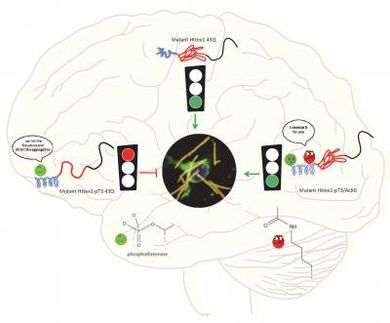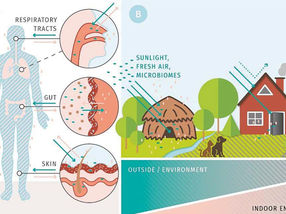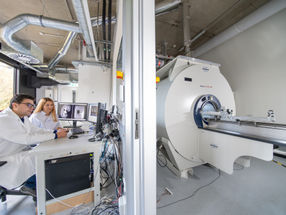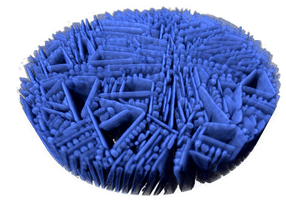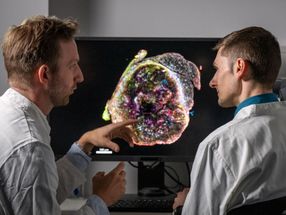Scripps Research Study Reveals New Activation Mechanism for Pain Sensing Channel
First-Time Findings Describe Potential New Pain Therapy Target
A group of scientists at The Scripps Research Institute has identified for the first time a mechanism that enables certain compounds to activate a pain sensing channelprotein. The findings could lead to the development of potential new therapies for managing acute and chronic pain. The researchers found that TRPA1, a protein that helps transmit pain signals, is a direct sensor of reactive chemicals. A portion of these compounds bind directly to cysteine, an amino acid found in most proteins, to activate TRPA1 - a protein channel that helps the nervous system sense peripheral damage by transmitting pain signals. TRPA1 is activated by a variety of what are called "noxious stimuli," including cold temperatures, pungent natural compounds, and environmental irritants. In the study, the researchers activated the channel with derivatives of mustard oil and cinnamaldehyde (cinnamon).
"While many of these noxious and pungent compounds were known to activate this pain signaling receptorchannel, we discovered a special activation factor that allows them to bind directly to that they do so by directly and irreversibly binding to the cysteine amino acids of this protein,cysteine," said Ardem Patapoutian, a Scripps Research scientist whose laboratory conducted the study. "Our study shows that TRPA1 activation is directly linked to chemical insult.
Like other vertebrates, humans use specialized sensory neurons to detect temperature, pressure, and other stimuli on the skin. These neurons, located in the spinal column, are connected to the skin through extensions known as axons. On the surface of these axons are the protein channel molecules - including TRPA1, a member of the Transient Receptor Potential (TRP) family of ion channels. When activated, the receptor channel opens, allowing an influx of calcium ions into the axon, and this electrical signal is relayed through the neurons to the brain.
TRPA1 is expressed in the same neurons as the ion channel TRPV1, which is known to be involved in inflammation and pain signaling. TRPA1 is also a target of bradykinin, a natural inflammatory agent. The protein is currently being investigated by several pharmaceutical companies as a potential target for chronic pain, and inflammatory and neuropathic pain, Patapoutian noted.
TRPA1 is not unique among channel proteins to be activated by cysteine modifying agents, the study noted. Another signaling channel protein known as Kelch-like ECH-associated protein 1 (KEAP1) is activated by many of the same compounds that activate TRPA1; KEAP1 is a sensor for oxidative damage from free radicals and upregulates expression of antioxidant enzymes. Apparently, reactive compounds can activate at least two pathways through cysteine modification as a warning against cell damage, the study concluded.
Original publication: "Noxious Compounds Activate TRPA1 Ion Channels Through Covalent Modification Of Cysteines"; Nature 2007.
Most read news
Topics
Organizations
Other news from the department science

Get the life science industry in your inbox
From now on, don't miss a thing: Our newsletter for biotechnology, pharma and life sciences brings you up to date every Tuesday and Thursday. The latest industry news, product highlights and innovations - compact and easy to understand in your inbox. Researched by us so you don't have to.
